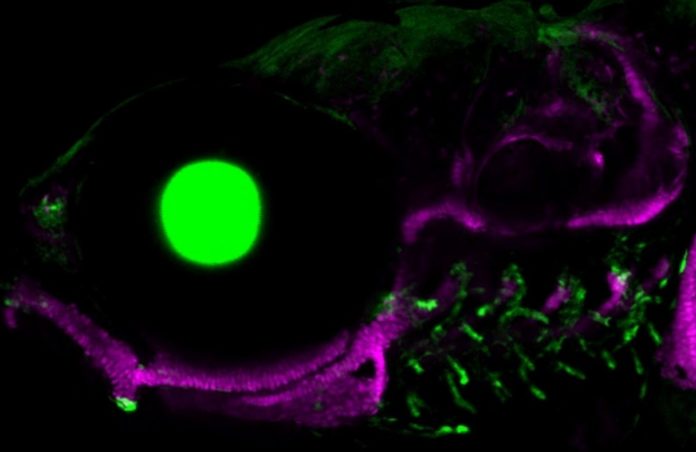It was quite safe to go back to the water five hundred million years ago. This is because deep-sea organisms had not yet evolved jaws.
Scientists have just published a new pair of research in the journals eLife and Development that offer hints regarding the genesis of this fascinating evolutionary development in vertebrates.
An approach known as “evo-devo” was used in the experiments by Mathi Thiruppathy from Gage Crump’s group at USC and partner J. Andrew Gillis from the University of Cambridge and the Marine Biological Laboratory to gain insight into evolution.
Jaws and gills share a shared developmental basis in fish. Jaws and gills both originate from “pharyngeal arches,” which are embryonic features, throughout development. The mandibular arch is the first of these arches because it gives rise to the jaws, whereas the other arches give rise to the gills. Additionally, there are anatomical parallels since the gills are supported by upper and lower bones, which are comparable to the upper and lower jaws.
“These developmental and anatomical observations led to the theory that the jaw evolved by modification of an ancestral gill,” says the first author. “While this theory has been around since the late 1800s, it remains controversial to this day.”
In the lack of clear fossil evidence, the new study offers “living” evidence supporting the notion that jaws evolved from gills. A “pseudobranch,” a microscopic anatomical feature that resembles a dormant gill, is present in almost all fish species. The embryonic origin of this structure, however, was unknown.
Thiruppathy and her colleagues successfully demonstrated that the pseudobranch develops from the same mandibular arch that gives rise to the jaw using sophisticated imaging and cell tracking techniques in zebrafish. The researchers subsequently demonstrated that many of the same genes and regulatory processes are responsible for the formation of both the pseudobranch and the gills.
In a separate but related work that was just published in the journal Development, Gillis and his colleague Christine Hirschberger from Cambridge demonstrate that skates, like humans, have a mandibular arch-derived pseudobranch that is genetically and embryologically identical to a gill. Skates are jawed vertebrates that belong to the cartilaginous fish evolutionary class, in contrast to zebrafish, which are bony fish.
According to professor Crump, “our studies show that the mandibular arch contains the basic machinery to make a gill-like structure.”
This suggests that the jaw and the pseudobranch, which arise from the mandibular arch, may have originally been gills that evolved over a long period of evolutionary time.
“Together, these two studies,” according to Gillis, “point to a pseudobranch being present in the last common ancestor of all jawed vertebrates. These studies provide tantalizing new evidence for the classic theory that a gill-like structure evolved into the vertebrate jaw.”
Image Credit: Getty
You were reading: Scientists Unlock A Thrilling Evolutionary Innovation In Vertebrates
